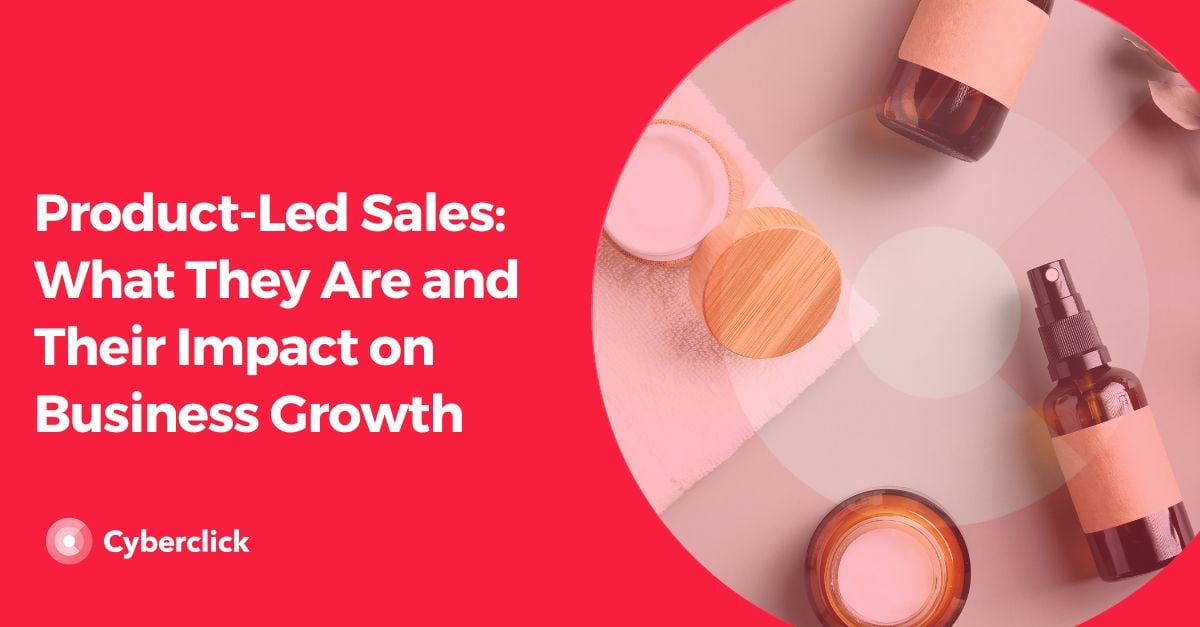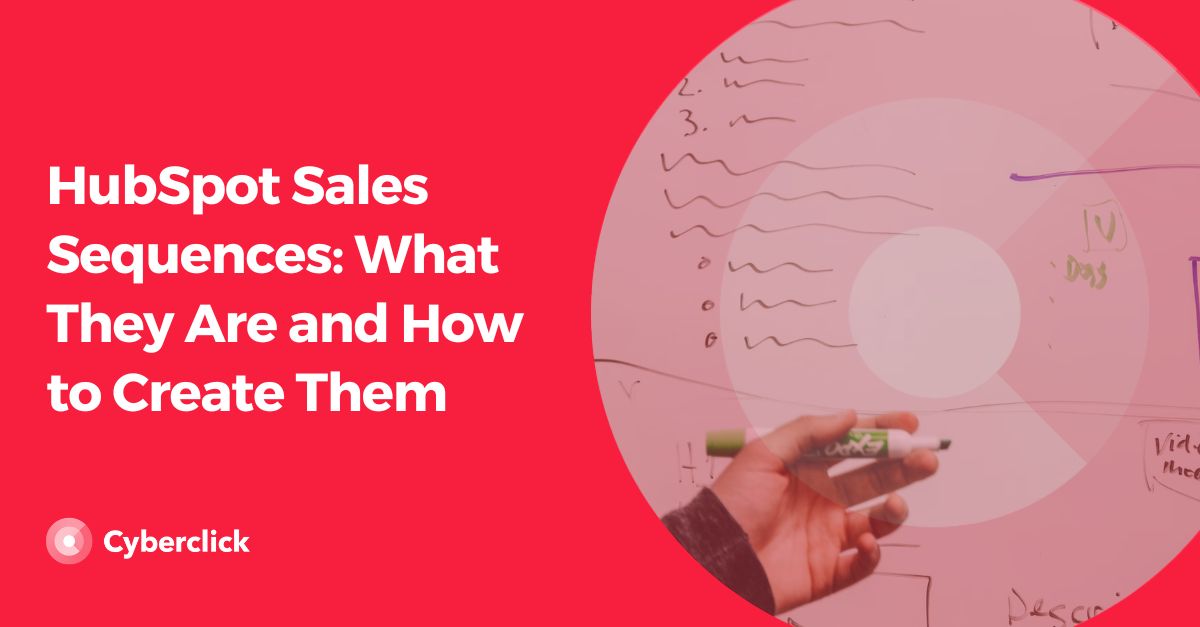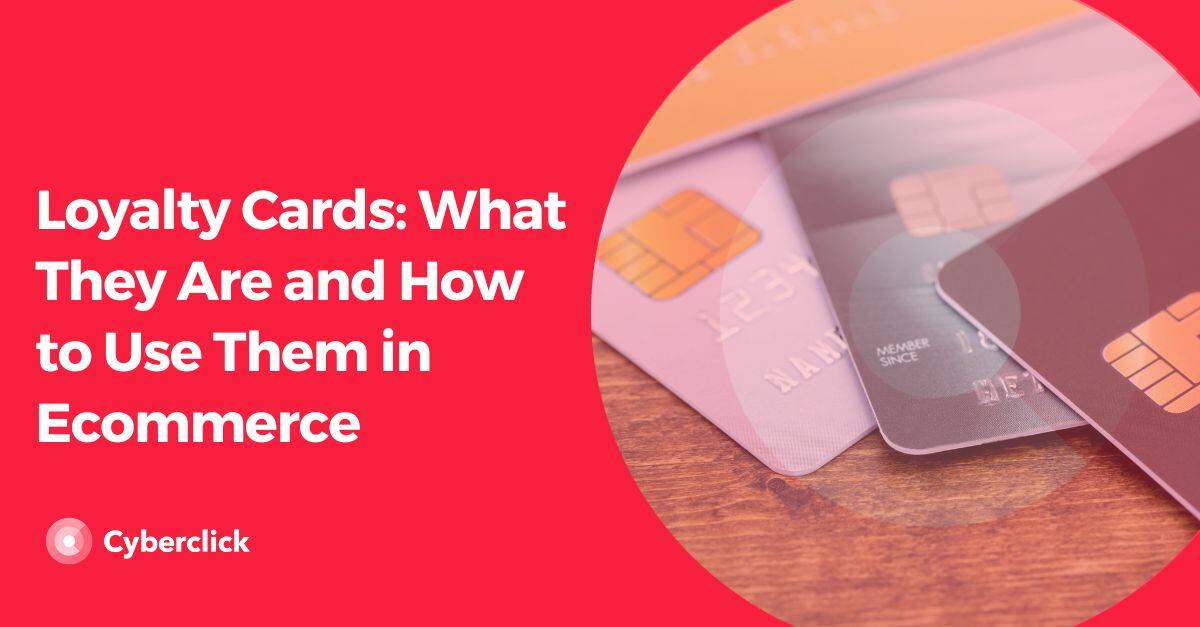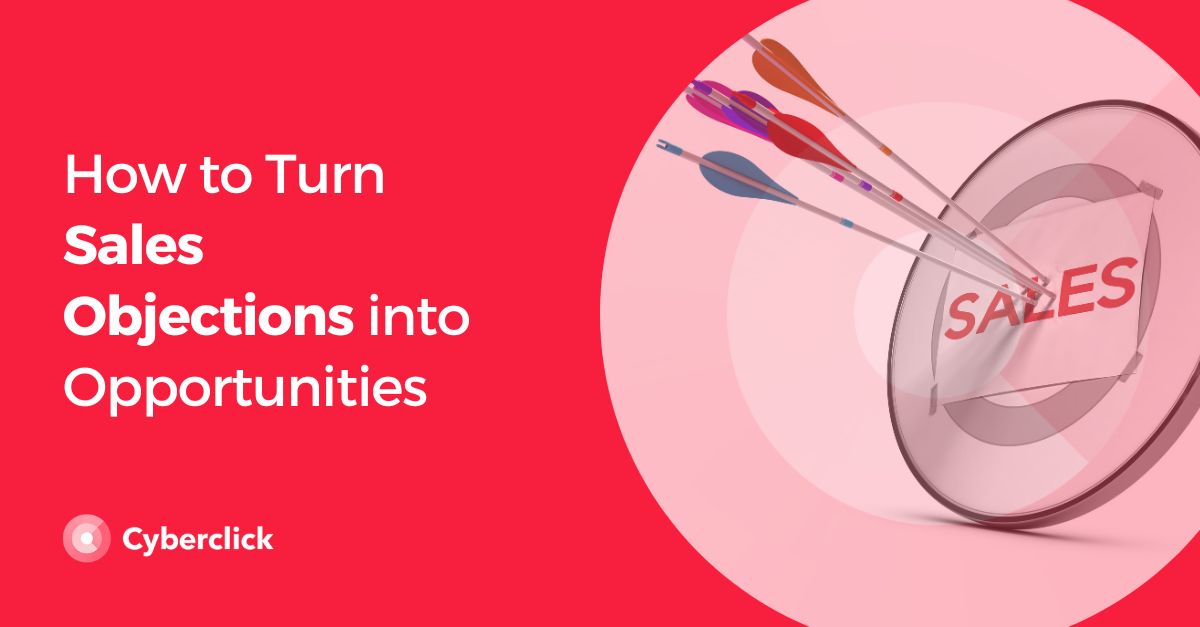Product-led sales is a sales approach where the product serves as the primary element for customer conversion and retention. In other words, sales and advertising techniques hold less weight compared to the product itself and its features when it comes to conversion. Product-led sales operates on the belief that a high-quality and easy-to-use product can generate customers on its own.

Characteristics of Product-Led Sales
- Short sales cycle.
- Digital self-service system for potential customers.
- Highly refined product.
- Availability of trial or free versions.
- Various subscription packages to access the product.
- Emphasis on retention.
- Detailed analysis of user experience to enhance the product.
- More reliance on organic growth and less on paid methods.
Benefits of Product-Led Sales
- Greater scalability and reach.
- Potential for high organic growth.
- Projects higher transparency and authenticity.
- Higher retention rate.
- Fewer frictions in the purchase process.
- Increased understanding of the customer experience.
- Faster and shorter sales cycles.
Implementing Product-Led Sales
Offer Different Packages or Subscriptions
It's common to provide various pricing tiers with different functionalities, such as Premium, Business, or Beginner versions, to help customers understand price increases and value their purchases better.
Create Trial or Free Versions
Offering trials allows potential customers to experience the product before committing to a purchase, significantly improving the customer experience and potentially boosting sales. Some companies even opt for a free trial with limited features that users can access for a lifetime.
Continuously Analyze Metrics and Results
The key to product-led sales is offering a high-quality product, and achieving this requires thorough analysis of customer experience results. Understanding what needs improvement and what is well-optimized is crucial.
Develop Organic Growth Strategies
Encourage word-of-mouth promotion among users to foster organic growth. A common strategy involves offering discounts for each user invited to join the platform.
Encourage Customers to Share Their Experiences
This not only helps improve the product but also provides valuable insights into necessary enhancements. Regularly seeking customer feedback is essential.
Difference from Traditional Sales Methods
In traditional sales strategies, the interaction between the sales team and potential customers is crucial. Through calls or meetings, the team explains the product's key features and benefits before customers can see and test it themselves. Here lies one of the main differences with product-led sales: the process not only involves telling but also showing. Additionally, there is less dependence on the sales team, as potential customers have more autonomy in acquiring the product and can test it themselves before purchasing.
As a result, product-led sales significantly accelerates the agility in acquiring customers compared to traditional sales methods, granting customers more independence in the process.
However, this doesn't mean traditional sales should disappear from companies. There are organizations for which this system is ideal for customer acquisition. The problem arises when a company thinks this is its best option when it may not be.
Sectors Embracing Product-Led Sales
Product-led sales strategies are common in companies that market digital products such as SaaS (Software as a Service), mobile applications, or cloud services. The nature of the product makes this strategy ideal for attracting customers at a lower cost and providing the best experience.
In recent years, many companies have chosen product-led sales over other sales strategies. This is due to various trends and factors in the market, such as:
- Increased access to technology: More people have internet access and mastery, allowing a growing number of customers to discover and use a product independently without the need to contact a sales rep. This has made the product the protagonist.
- Changes in consumer behavior: Today's consumer is more independent and often enjoys researching and trying products without external influence. They prefer to try a product or service before acquiring and paying for it. In this context, product-led sales has proven to be the most satisfying for today's customers.
- Simplicity triumphs: Current consumers are overwhelmed by information and by the multitude of brands vying for their attention. Moreover, they have limited time. A simple sales process and an easy product are all they need to be convinced—something product-led sales can provide.
Product-Led Sales vs. Product-Led Growth: What's the Difference?
If you've heard the term product-led growth (PLG), you might be wondering how it differs from product-led sales. You might even think they are the same.
Don't worry; it's quite common because the two concepts are closely related but have slight nuances that set them apart.
While product-led growth is a general business strategy that focuses on the product, product-led sales (PLS) is a part of that strategy—the branch of product-led growth that focuses on sales. Therefore, PLS is the approach that embraces the basic principles of PLG and applies them to sales.
This is why companies based on PLG often use PLS as well.
CEO y cofundador de Cyberclick. Cuenta con más de 25 años de experiencia en el mundo online. Es ingeniero y cursó un programa de Entrepreneurship en MIT, Massachusetts Institute of Technology. En 2012 fue nombrado uno de los 20 emprendedores más influyentes en España, menores de 40 años, según la Global Entrepreneurship Week 2012 e IESE. Autor de "La empresa más feliz del mundo" y "Diario de un Millennial".
CEO and co-founder of Cyberclick. David Tomas has more than 25 years of experience in the online world. He is an engineer and completed an Entrepreneurship program at MIT, Massachusetts Institute of Technology. In 2012 he was named one of the 20 most influential entrepreneurs in Spain, under the age of 40, according to Global Entrepreneurship Week 2012 and IESE. Author of "The Happiest Company in the World" and "Diary of a Millennial".






Leave your comment and join the conversation